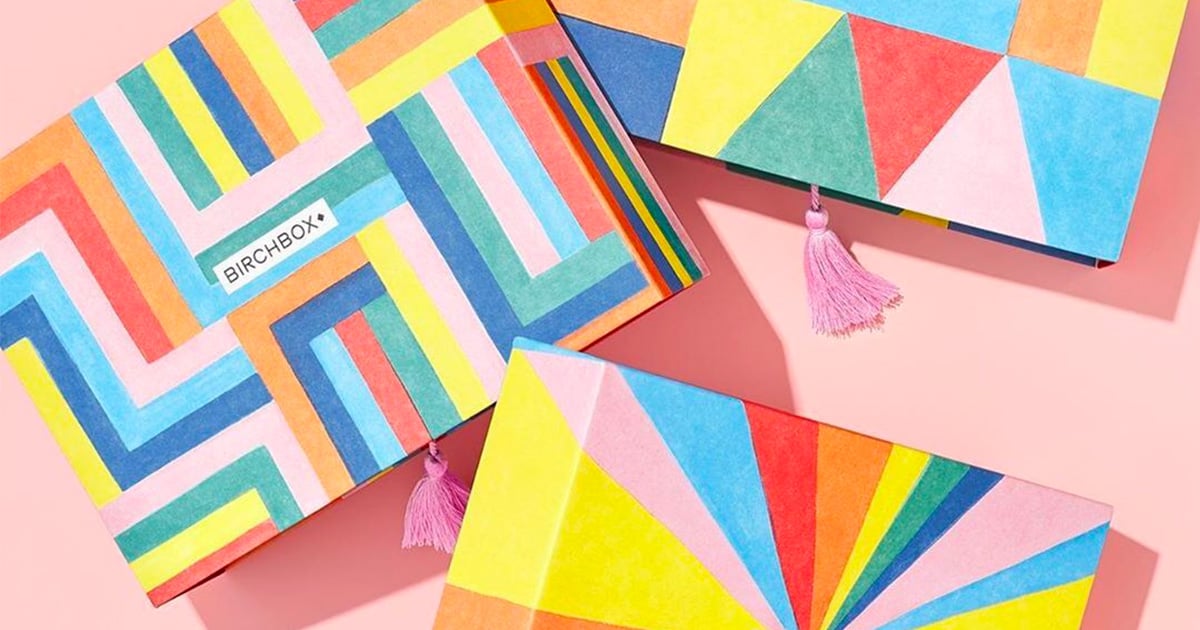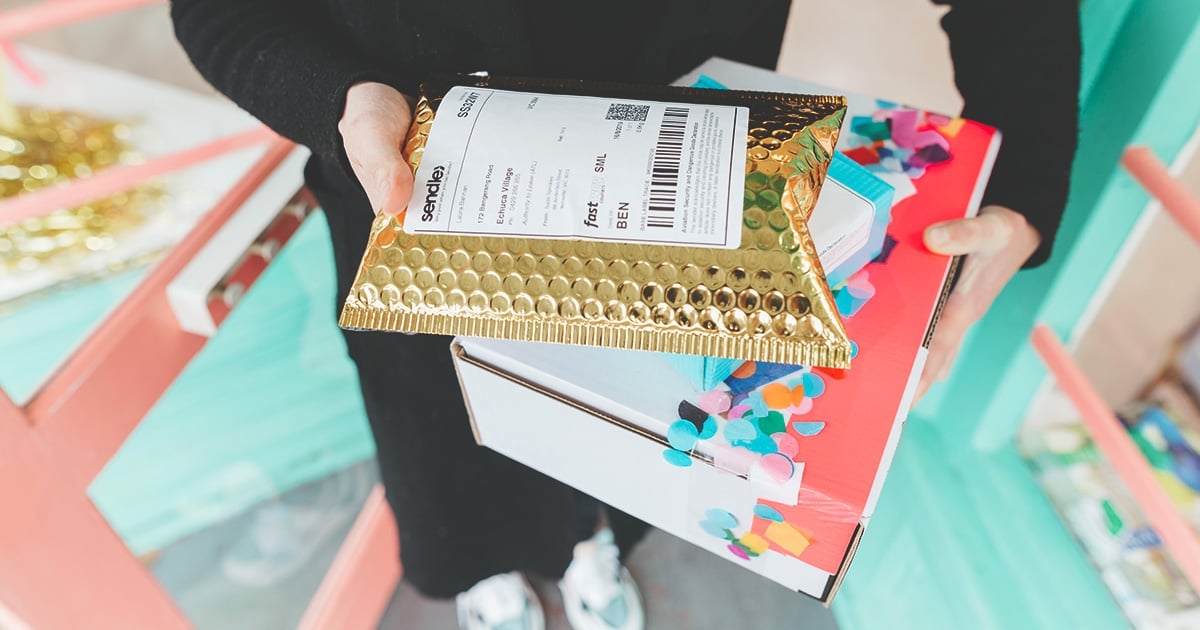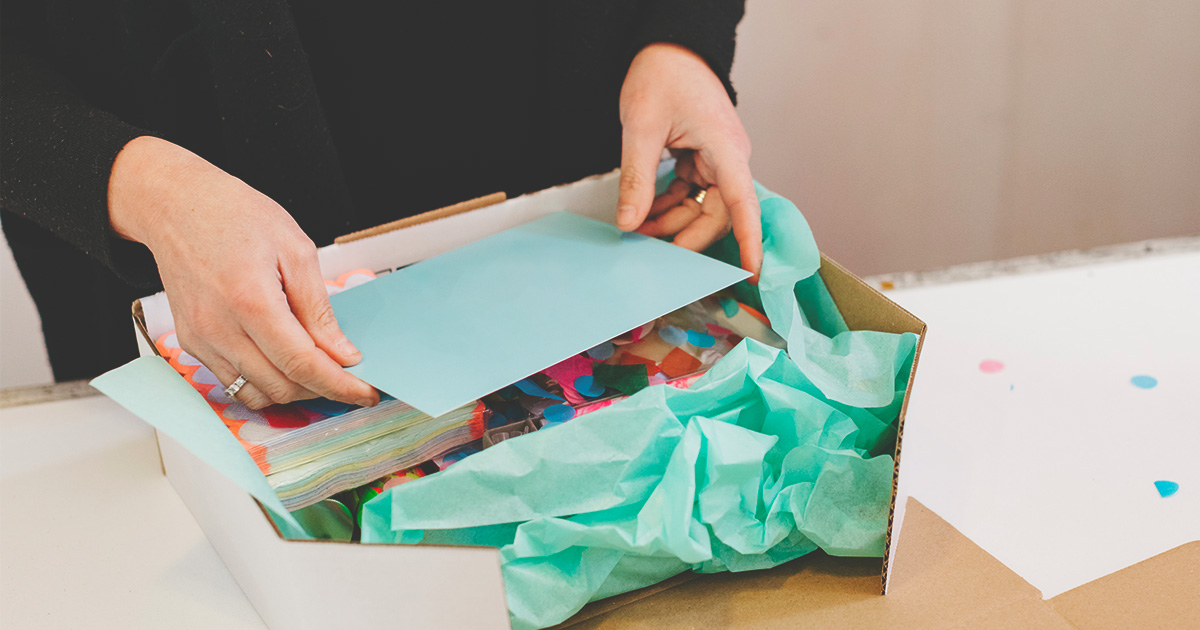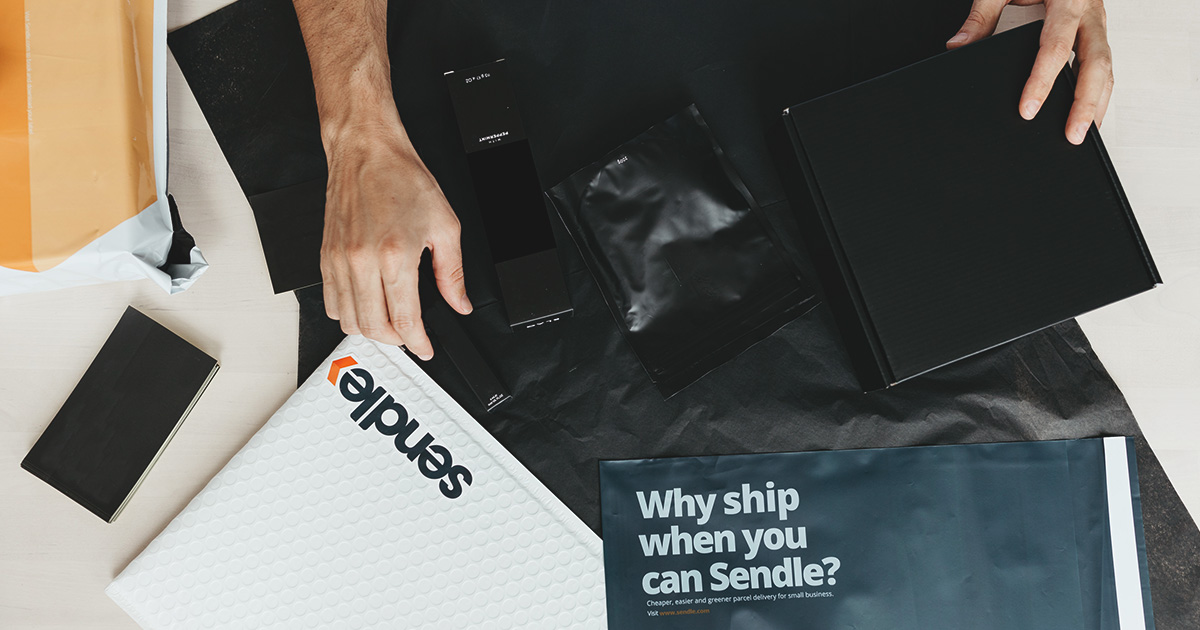Subscription services are more popular than ever. Increasingly, people are choosing to simplify their lives by getting regular shipments of the things they love.
From personalized fashion styling services and beauty boxes to meal kits and regular supply lines of single-origin coffees, people are racking up recurring charges for the peace of mind that comes with never going to the store again.
Now, what you have to ask yourself is: Are my products subscription-worthy?
If you are selling decorative shovels, a subscription might not be for you. But, if you sell special puppy shampoo or vegan snack packs, starting a subscription program could be just the thing to help your business grow.
Niche markets are amazing places to start for subscription boxes and can help get your new business the much-needed recurring revenue it needs to grow and thrive.
One such niche that is gaining steam is Zero Waste living, which Sendler KIWI Eco Box has turned into a powerful subscription service for helping people cut back on single-use plastics in their daily lives.
What is a subscription box service?
Well, generally, I think we all know what a subscription box is.
For the uninitiated, a subscription box is a collection of products that customers receive on a regular basis (weekly, monthly, quarterly).
Think coffee, clothes, toiletries, your whole beauty regimen.
Many of us already subscribe to one box or another. In fact, 45% of 18 to 34-year-old consumers are already enrolled in a subscription service with another 13% planning to enroll in the next 12 months.
Subscriptions to physical goods have increased in popularity steadily in the last few years, in much the same way that media subscriptions have.
One may recall early attempts at this model. Columbia House enticed young music lovers with an album of your choice for just a penny, only to continue shipping and charging you for subsequent full-priced albums until you explicitly opted out (a real wakeup call for teenage me).
Or Gevalia, who offered a free coffeemaker for those that signed up for their mail-order subscription program of regular ground coffee.
Subscription services have come a long way since then, now becoming a fixture of modern consumerism. The current wave of subscriptions seems to have been kicked off in 2010 by Birchbox, whose rapid rise signaled the new promise of the model.

Image courtesy: Birchbox
Types of subscription services
Subscriptions can take a variety of forms. From re-upping your essentials to surprising you with something new, this model appeals to a variety of human needs and desires.
Subscription boxes can be broken down into three main types: Replenishment, Curation, and Access. According to a 2018 report from McKinsey, 55% of eCommerce subscriptions were of the curated variety, with replenishment making up 32%, and access subscriptions making up the remaining 13%.
Replenishment (or convenience)

The most basic type of subscription is the replenishment model. So, that automatic refill of diapers that ensures your little one is never left bare-bottomed. Or that constant drip of coffee shipments, enabling you to brave yet another day at the office.
Replenishment programs of note:
- Amazon’s Subscribe and Save
- Coffee subscriptions (MistoBox, your local roaster’s program, Three Thousand Thieves)
- Everyday necessities (Dollar Shave Club, Lola, Quip)
Curation and surprise

When deciding what to deck yourself out in has become exhausting, there’s a service for that.
These subscription services boast the idea of personal stylists—selecting the perfect top for your frame—or dedicated dietitians—prescribing and prepping your ideal meal plan for the week—to entice rolling membership and pull in recurring revenues.
You can be marginally surprised by clothing, beauty, or meal kit boxes, but there are subscriptions that specifically deal in surprise, from monthly escape room boxes to developmentally appropriate children’s toys.
Curation programs of note:
- Curated health and beauty products (Birchbox, Fab Fit Fun, Bespoke Post)
- Meal kits (Blue Apron, Marley Spoon, HelloFresh)
- Personal clothing stylists (Trunk Club, Stitch Fix, Frank and Oak)
- Specialized interest boxes (GlobeIn, Kiwicrate, Loot Crate)
Access (the VIP experience)

By far the smallest part of the subscription economy is the access subscription box. These are boxes that sell exclusivity to its members—a VIP experience not available to the uninitiated rabble.
This model gives shoppers special access to exclusive products and deals.
Access programs of note:
- Nature Box (specialized healthy snack box)
- JustFab (VIP access fashion subscription)
- Thrive Market (membership for better pricing on high-end groceries)
Reasons to start a subscription service

There are plenty of reasons to start a subscription service, assuming your business is a fit in the first place.
Not least of these reasons is the reliability of the revenue stream. Beyond that, your business can operate with some sense of predictability while maintaining customers for a longer stretch.
Revenue
A recurring source of revenue is the dream of many a business owner.
That dream is realized with a subscription model, incentivizing your customer base to purchase on a recurring (quarterly, monthly, bi-weekly, weekly) basis.
Predictability
This consistent influx of regular cash makes your cash flow more predictable and allows for better planning as your business scales.
As long as your subscription remains attractive and valuable, you can count on better customer relationships, thus increasing lifetime value (LTV).
Customer loyalty
It’s just a fact that it costs a great deal more to acquire a new customer than it does to keep an existing one. Five times more.
So, investment in customer loyalty pays huge.
A subscription service can be your path to increased customer loyalty. Give them a great experience and they will reward you with their cold hard cash.
Arguments against starting a subscription service
While starting a subscription service is an attractive idea for many small businesses, it isn’t for everyone.
Beyond that, you could face significant competition in your vertical as well as the threat of your subscription’s novelty fading into irrelevance.
Bad product fit
As I mentioned at the top of this post, sometimes the model just doesn’t fit the product. You can’t shoehorn bad fit products into the subscription model just because you want the repeat income. Sorry.
Typically, the best fits are products that people need to restock (replenishment boxes) or products that people want to be surprised with (curation or surprise boxes).
So, while you may not get traction with your ceramic cat food bowls, you could certainly leverage cat snacks and accessories into a healthy subscription box.
Competitive market
Depending on your product offering, you may be up against a lot of heavy-hitting competition.
While this shouldn’t be enough to keep you from your dreams of starting a subscription box service, it should at least encourage you to create a robust business plan for this new venture.
Fading novelty
Replenishment subscriptions tend to maintain their usefulness over time, but curated subscription boxes must perpetuate that new experience excitement for which it became popular.
The reality of fading novelty is something to consider at the outset for those who are starting a curated box. You want to always be thinking about the customer’s experience.
Starting your subscription box service

Now that you’ve decided that a subscription box is in your future, it’s time to get down to the nitty-gritty of making it happen.
There are a lot of moving parts and you want to make sure you nail them when rolling out this new service to your adoring customers.
Sourcing
While some of you may only need to bundle your existing SKUs into box form, many of you will be reaching outside of your current inventory (or starting fresh) to pursue a subscription model.
Sourcing is the uber-important first step to pulling together a desirable and cohesive subscription box. Not only must you find quality products, but you need to find them at the right price to make it all worth it.
Read our guide on sourcing for your subscription box >
Find great vendors
There are many ways of finding great vendors. Good research is key.
You can find awesome vendors to engage by searching through big eCommerce sites that sell lots of brands (Target, Amazon, Walmart, etc.). Or individual sellers on Etsy or eBay.
If you are able to meet minimums, you can grab great bulk deals from big wholesalers or global marketplaces (like Alibaba and Indiamart).
If you feel up to engaging with sellers in real life, you can cruise the aisles of trade shows to find some amazing and unique vendor for what you need.
Choose products to fit your box
Now that you have your vendors, you’ll want to find the right selection of products for your box.
Not only should they all fit the theme and needs of your niche customer, but they should also fit nicely in the physical box.
Appearance account for a lot and unboxing videos can do a lot to grow your service. So, make sure that your selection of products look great as they come out. Try opening your own subscription box as if it were the first time. Are you excited?
Logistics
The logistics of your subscription box service entirely depend on you. Among the many things that you can decide are:
- Shipping frequency
- Product variability
- Box customizability
- Box variety (one box or a few options?)
- Box size and weight
- Shipping solution
All of these variables will affect how you operate your subscription service.
For example, deciding your box size and weight upfront will help you plan and budget for shipping costs.
Going with the simple route, to begin with, will certainly help you get the hang of things. From there—if you want to—you can add more options for your customers and level up your game.
Marketing
Possibly the most important piece of a successful subscription program is the marketing. Without it, nobody knows about your cool new thing.
We don’t need to go into all the particulars of marketing your business. And, since each business is trying to target a specific type of customer, your tactics can vary.
What is important is that you know your customer. Create buyer personas and use them to market effectively with the message that will land and on the platforms where it will do best.
That said, here are a few tips:
- Speak to their pain points and address how your box is the solution.
- Pay attention to the sales funnel and guide your potential customers through it.
- Content marketing is powerful—use blog posts, landing pages, and lead magnets to drive search discovery and capture the attention of your ideal audience.
- Proper onboarding—through tutorials, guides, templates, etc—is key to driving adoption and retention.
The shopper’s experience, via your marketing, leads to purchase. The customer’s experience, via onboarding and valuable interactions, leads to retention.
Customer experience
Excitement is a major component of receiving a subscription box, especially for the curated services.
Your customer gets to open this new present each month (or week or fortnight or quarter) and so the experience should complement the joyous anticipation that preceded it.
There are many ways to make the customer experience one that they keep shelling out for. A fantastic unboxing experience can make for some truly great user-generated marketing and social proof.
The addition of slick content marketing material can boost their experience as well.
For example, if you were shipping a curated selection of single-origin coffees, including a beautiful guide to pour-over coffee would add another dimension to the service you are offering.
Beyond these grander gestures are the little things.
When your customer needs help, there should be great support options available and awesome answers to FAQs. Your emails shouldn’t overwhelm and should always provide value.
Essentially, keep your customer happy to keep your customer.
Pricing
The appeal of bundling products for the customer is affordability and convenience. If all goes well, it should be both convenient and cost-effective for you as well.
The pricing of your box is dependent on some basic costs: product, shipping, packaging, and labor. On top of that, you’ll want to consider certain other costs you might encounter, such as ad spend, payment processing fees, and transaction fees.
And don’t forget that margin! The whole reason for your foray into subscriptions is to develop an amazing and long-lasting model to grow your business.
Now, after considering all of your costs, you should be able to slap a price on your new bundle of product joy.
This final price should be an attractive deal for your prospective customers. You can even do a bit of number magic to make your price even more psychologically appealing.
Payments
It’s important that your customers can pay for your box without running into friction. Ideally, they don’t even have to think about it going forward.
Certain payment processors handle much of the work for you, even masking payment details so that you aren’t responsible for customer information. You lose some control with this but gain peace of mind.
Most eCommerce platforms have several great options for payment processing.
Whichever option you choose, you want to make sure that customer information can be saved and recurring payments won’t require manual renewal each cycle.
If your payment processor has auto-renewal, you will remove friction on the part of your customer and more easily maintain that recurring revenue source.
Fulfilling your orders

Of course, you need to pull all your nice things together in a box and ship them out to all those lovely customers. There are a lot of moving parts where this is concerned.
Inventory management
You never want to find out that you are missing a vital product for your box during fulfillment. It throws everything off and your customers won’t be too jazzed on it either.
At the same time, inventory overages mean your money is just sitting there in the form of extra stock taking up space that you are paying for. If your subscribers are open to last-minute alterations, you may be better off running into item shortages than overages.
Regular inventory is simple. Sell something, it leaves with your customer (or is promptly shipped to them) and is no longer in your system. With a subscription service, your inventory system needs to not only track real-time orders but also save stock for future orders.
Replenishment subscriptions will have a much easier time with this. Regular sales forecasting can determine these simple inventory purchases.
Curated boxes start representing a host of complexities for inventory management—all stemming from the customizability of the particular box.
The important thing is that you have a good inventory system in place that can help you manage stock effectively without moving too far in the direction of shortages or overages. When you do have too much or too little, you’ll want a game plan for handling it.
Order fulfillment
Shipping is the all-important last step to making your subscription box service fully functional and a great experience for your customer.
You can go at this many ways. Some are easier than others but there will be complexity no matter how you do it.
When just starting out, it would behoove you to keep things simple. A monthly subscription box will reveal to you the logistical complexities of even the simplest option.
For example:
Say you just ship out once monthly to everyone at the same time. You must consider the target delivery date for your box.
Then, knowing that transit time will vary by customer location, you’ll have to ship based on regions. This makes one week of your month extraordinarily busy, with three weeks of lull.
If your delivery dates are spread across the month, you’ll avoid clogging up one week but you will need a system in place to keep track of all the shipping dates.
That’s the post!
You’ve learned a lot about starting a subscription box service.
While there are many complexities around the successful implementation of a subscription box, there are some really compelling reasons to undertake one.
If you’ve got the right sort of product and you like predictable income, take the leap. We’ll be here when you want to ship it all out.


